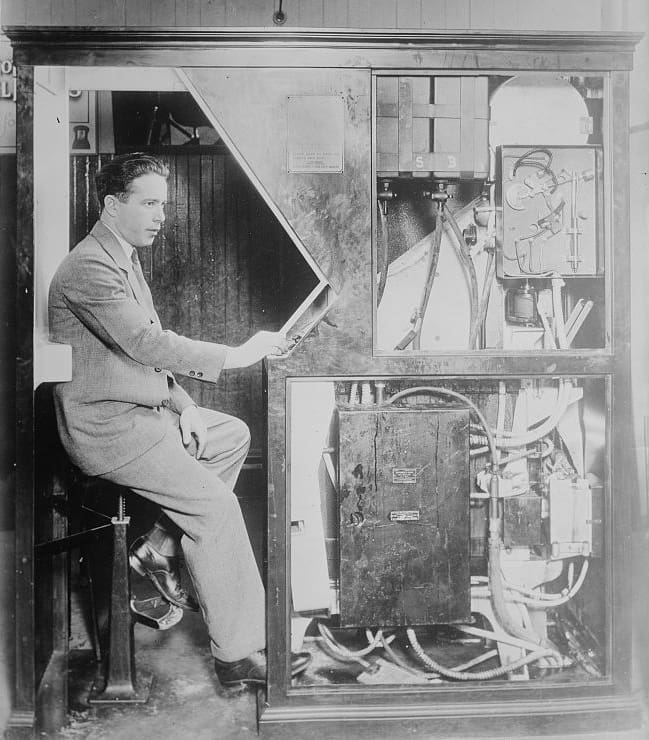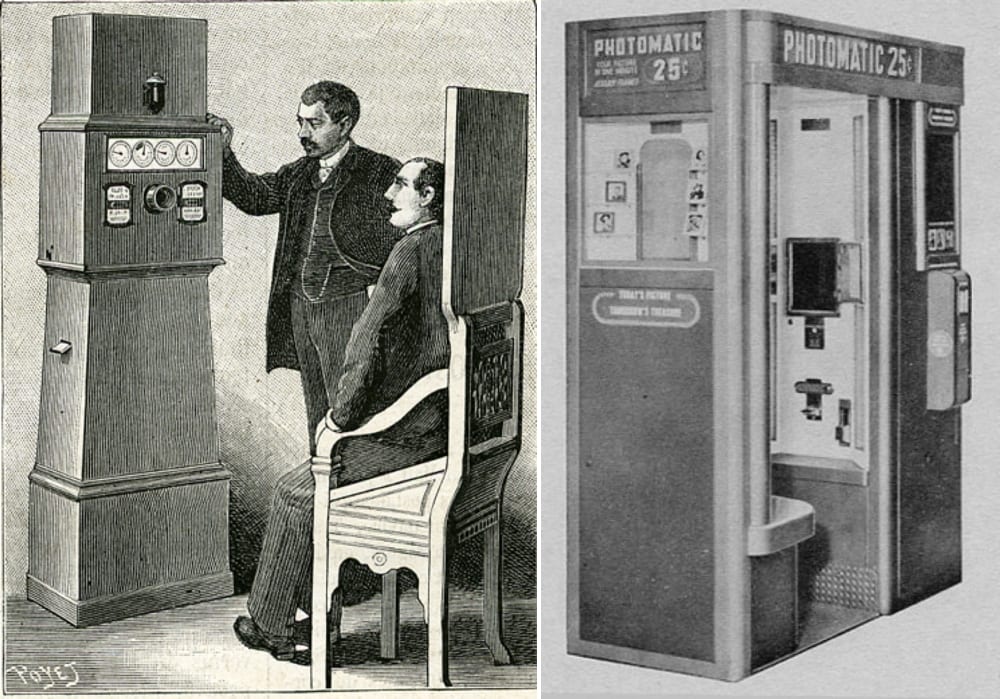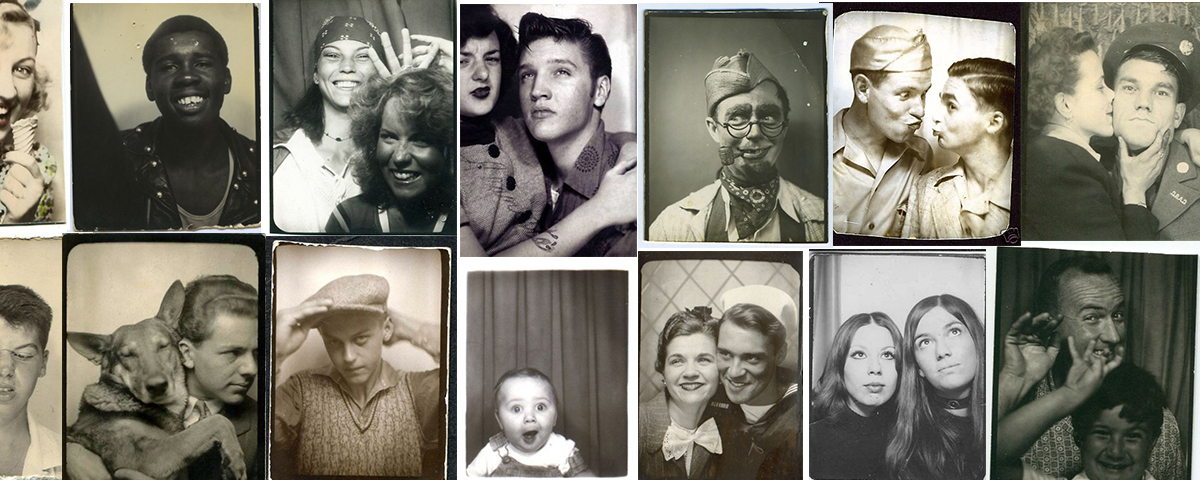Anatol Josepho, a Siberian immigrant, is the inventor of the modern-day photobooth as we know it. Anatol was born in the small industrial town of Omsk, Siberia, the son of a wealthy jeweler and his wife. At the age of three, Anatol’s mother passed away, and he was raised solely by his father, with whom he developed a very close bond.
Anatol developed a fervor for adventure and, at the age of 15, left for Berlin, Germany. There, Anatol became fascinated with photography and began training to become a photographer.
In 1912, at the age of 18, Anatol left for New York City to ply his trade as a photographer, where he opened his own shop. It was also there that Anatol began designing an automated photo machine using his technical background from his Russian schooling. He started thinking about creating a photographic paper that would produce a beautifully toned positive image and would not require a film negative.
These images could then be instantly retrieved via a self-operated interior device that could be initiated by a coin. He would spend years figuring out how to use specific chemicals to develop this paper and how to design a delivery process for his new machine. He worked for years on this plan with great dedication, and finally, in 1925, he launched what is now considered the first enclosed photobooth in New York City on Broadway between 51st and 52nd Streets. On any given day, 7,500 people would line up to take a picture for 25 cents for a strip with eight photos. Thus, the advent of the photobooth had begun.



In 1927, Anatol Josepho sold his photobooth machines and the Photomaton patent to Howard Morganthau and a consortium of investors he was able to assemble for $1 million. In 1928, he sold the European rights to the Photomaton patent to a consortium of English and French investors, thus taking the photobooth global.



